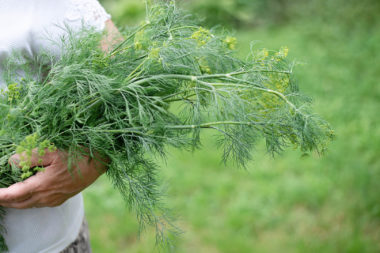

New research suggests fascia should be recognized as its own anatomical system
The study “Towards a Comprehensive Definition of the Human Fascial System” was recently published in the prestigious scientific journal Journal of Anatomy. The research was led by a team headed by Carla Stecco, professor of anatomy.
The authors present a groundbreaking insight: fascia is not just connective tissue, not merely an organ—it is its own anatomical system, consisting of four distinct organs. This new understanding could change the way we view the body and lead to more effective treatments for pain, injuries, and rehabilitation.
Fascia – a system with four organs
Today, there is no unified terminology for fascia, which has led to confusion in both research and clinical practice. This makes it difficult to compare studies and translate research findings into healthcare applications. The study proposes a clearer structure in which the fascial system is divided into four anatomical organs: superficial fascia, musculoskeletal fascia, visceral fascia, and neural fascia.
Superficial fascia forms the outermost layer of fascia and is located just beneath the skin. Musculoskeletal fascia is the deeper fascia that surrounds and connects muscles, tendons, and bones. Visceral fascia envelops and supports the body’s internal organs, while neural fascia is connected to the nervous system and influences both movement and signal transmission. This classification makes it easier to understand how fascia functions and how it affects biomechanics, proprioception, fluid flow, and mechanical adaptation.
Fascia as a responsive system – more than just structure
The new research shows that fascia is not merely a passive support structure but an active system that adapts to the body’s needs. Fascia consists of two main layers that make it unique in its function. The collagen-rich layers provide support and resistance to mechanical stress, while the hyaluronic acid-rich interstitium enables movement, shock absorption, and fluid transport.
These properties allow fascia to both stabilize and adapt to stress, making it a central factor in the body’s biomechanical function. The researchers highlight that fascia plays a key role in proprioception—the body’s ability to sense and control its own movements. This means that fascia not only affects how we move but also how we perceive our body and its motions.
What could this mean for healthcare?
If fascia is recognized as an independent anatomical system, it could have major implications for medicine. A better understanding of fascia’s role in the body could transform how we treat pain, approach rehabilitation, and perform surgery. Since fascia is a dynamic tissue that affects both stability and mobility, knowledge of its function could lead to more effective treatments for chronic pain, inflammation, and injury.
The study also shows that surgical procedures could benefit from a deeper understanding of how fascia interacts with muscles, bones, and nerves. By considering the elasticity and mobility of fascia, surgical techniques could be developed to reduce the risk of postoperative complications and speed up recovery. Furthermore, a unified terminology for fascia could facilitate medical research by creating clearer guidelines for how studies are conducted and how their results can be applied in practice.
A paradigm shift in anatomy
The researchers behind the study argue that we need to reevaluate fascia. It is not just a passive structure that holds the body together—it is a dynamic system that influences our entire biomechanics, movement capabilities, and recovery. By understanding fascia as an interconnected network, we can gain a deeper insight into how the body functions and develop new treatment methods that are better suited to the way the body actually works.
This research marks a shift in how we view the body and opens the door to new insights in medicine, rehabilitation, and biomechanics. Fascia is now entering the conversation—and this is only the beginning of a new way to understand anatomy.
Read the article here: https://onlinelibrary.wiley.com/doi/abs/10.1111/joa.14212



























